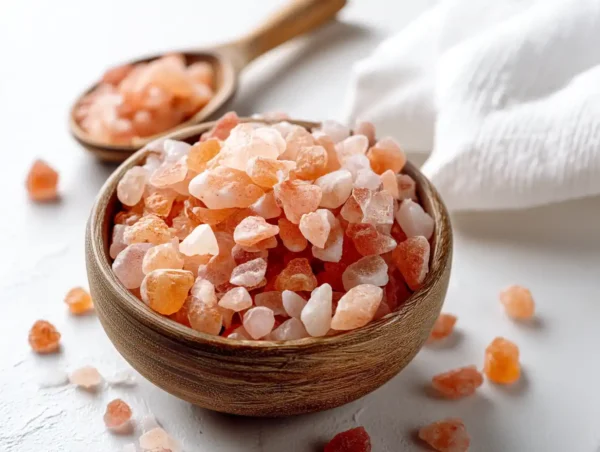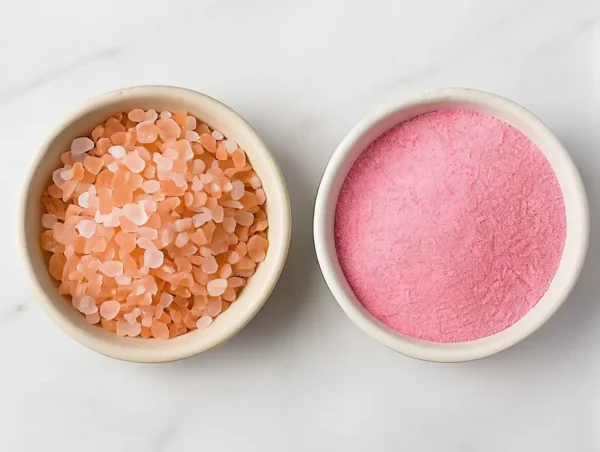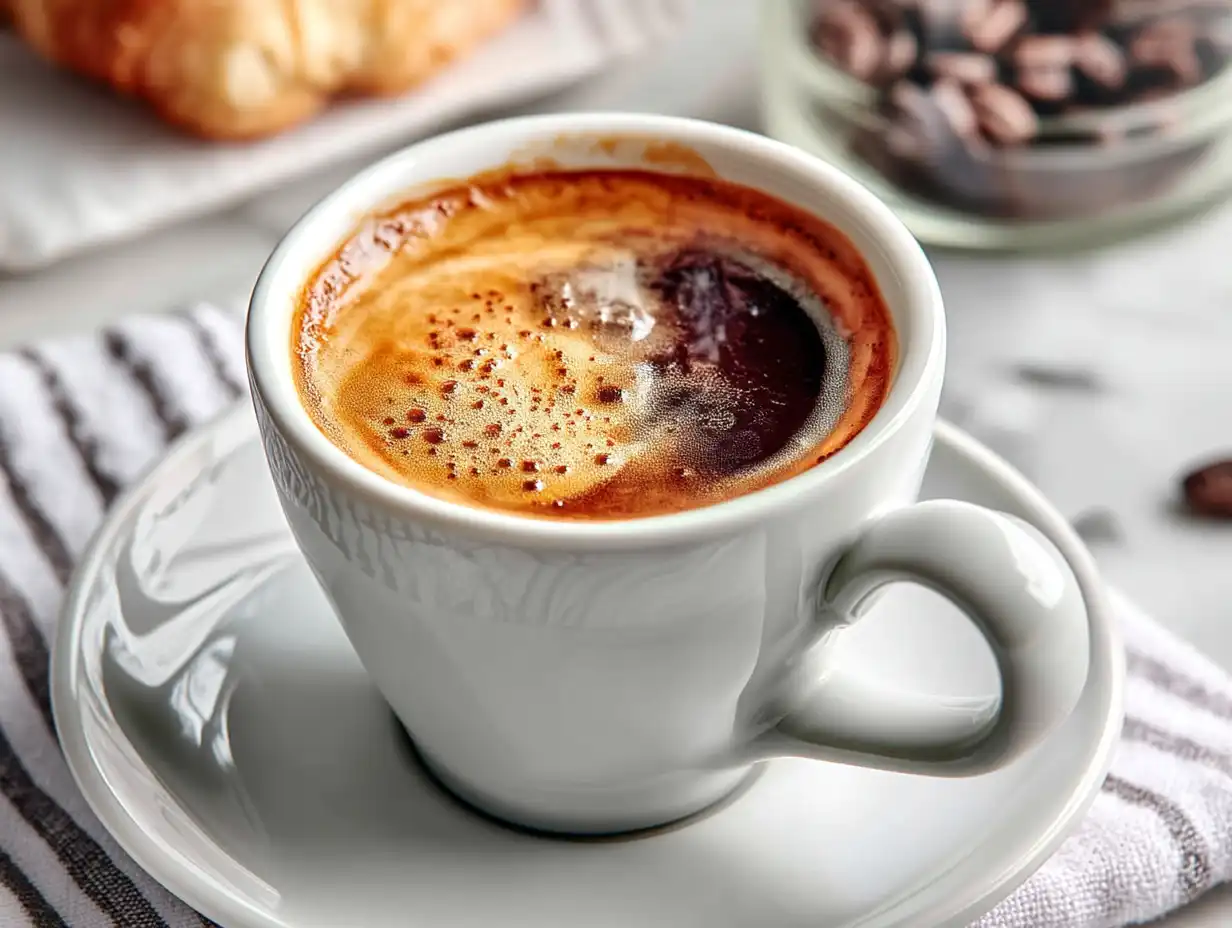
Table of Contents
History and Origins of Espresso Beans
Each time I brew coffee beans for espresso, I feel the heritage of its origine italienne et évolution de l’espresso. In the lively cafés of Milan and Turin during the early 1900s, baristas discovered that high‑pressure brewing could transform best coffee beans for espresso into a concentrated drink topped with velvety crema.
The difference between espresso beans and coffee beans lies in the roast profile and preparation. Espresso beans are often medium to dark roasts, which develop a deeper aroma and fuller mouthfeel. Many are single‑origin, while others are precise blends. Arabica beans provide floral sweetness, and Robusta delivers intensity, a perfect arabica vs robusta for espresso balance for a classic shot.
Understanding espresso vs coffee beans allows any home barista to select the right beans, whether single‑origin or blend. For a complete history of espresso, visit Wikipedia.
Why These Coffee Beans Work for Espresso
After years of experimenting at home, I’ve learned that the secret to a perfect shot lies in choosing the right coffee beans for espresso. The roast, aroma, and freshness all work together to create the velvety crema and deep flavor that make every sip unforgettable. If you want to master your first shot, I highly recommend reading my step‑by‑step espresso guide for home baristas.
Perfect Roast Profiles
Espresso thrives on medium roast espresso beans and dark roast espresso beans. A medium roast offers balance, highlighting nutty and chocolate notes with gentle acidity. A dark roast, meanwhile, deepens the flavor and produces a thicker crema with bold character. Whether single‑origin or a precise blend, these roasts are the best coffee bean for espresso because they create a full‑bodied experience and enhance extraction time for a smooth mouthfeel.
Flavor and Aroma Benefits
The magic of espresso is in its sensory experience. Nutty, chocolatey, and citrus hints come alive as the shot pours, filling the air with a rich aroma. Arabica beans deliver floral sweetness, while Robusta adds body and intensity, a perfect arabica vs robusta for espresso combination. Even the caffeine benefits are notable: moderate espresso consumption can improve alertness, according to Mayo Clinic, though this is general information and not medical advice.
Freshness and Grind Size
Freshly roasted beans make all the difference. Oxygen quickly degrades aroma and crema quality, so I always buy beans in small batches and store them properly. Grind size is just as crucial, a fine and consistent grind maximizes flavor and texture. Understanding espresso grind size allows any home barista to control extraction and bring out the best in coffee beans for espresso. This attention to detail ensures every shot tastes like it came from the best coffee bean for espresso collection, making your kitchen feel like a personal café.

Step-by-Step: Brewing the Best Espresso
Brewing the perfect shot starts with the right coffee beans for espresso. From selecting fresh beans to perfecting your grind, every detail matters. The combination of aroma, flavor, and velvety crema is what makes a cup truly memorable for any home barista. Following a few essential home barista espresso tips can turn every morning coffee into a small victory.
Selecting and Grinding Beans
I always begin with freshly roasted espresso beans, preferably medium to dark roasts. These roasts bring out nutty, chocolatey flavors and create a satisfying mouthfeel. Oxygen quickly dulls aroma, so I buy small batches to ensure freshness. Grind size is equally critical, too coarse and the espresso tastes weak, too fine and it turns bitter. Using a burr grinder keeps the grind consistent and helps me bring out the best in my coffee beans for espresso, giving each shot the richness I expect from a café‑style drink.
Pulling the Perfect Shot
Once the beans are ready, I evenly tamp the grounds and start the extraction. The first drops are dark and syrupy, soon crowned with a golden crema. This is where home barista espresso tips truly shine: I aim for 25‑30 seconds for a balanced shot. Watching the crema form and timing the extraction creates a rewarding ritual. Adjusting the grind and dose lets me fine‑tune the flavor, ensuring every sip reflects the care I put into my best coffee beans for espresso.
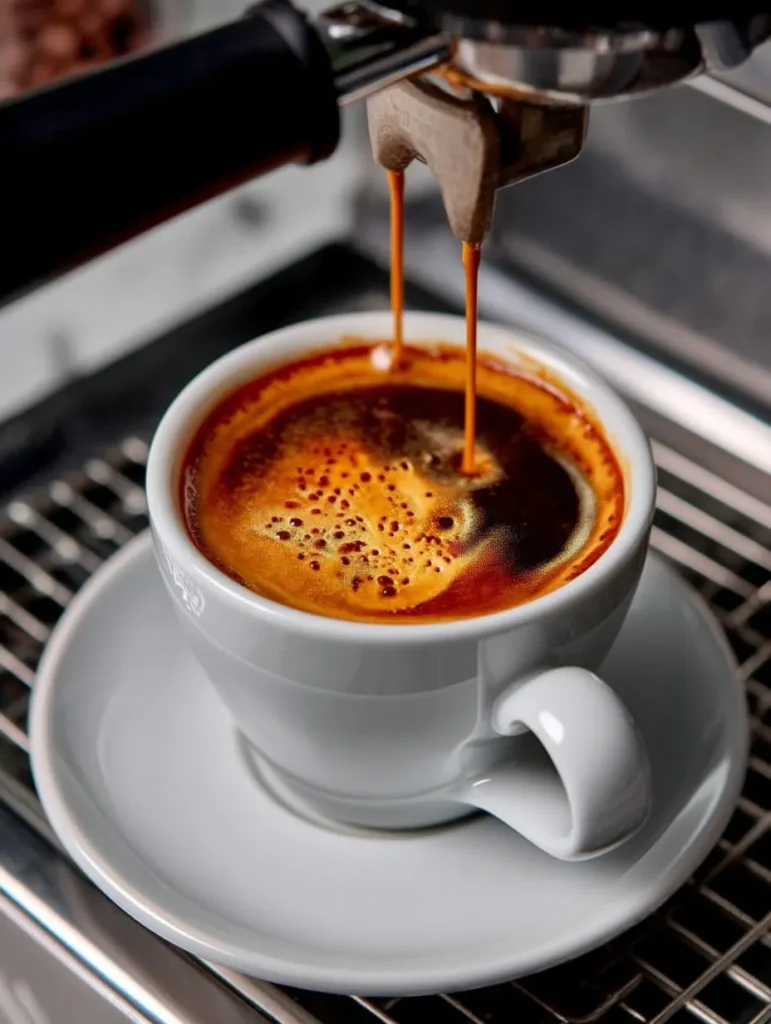
Expert Tips and Tricks
Clean equipment and attention to detail make a huge difference. Purge the group head, keep the portafilter dry, and practice steaming milk for smooth cappuccinos and lattes. For silky microfoam and café‑style drinks, check my milk‑steaming guide. Combining technique, patience, and freshly roasted espresso beans ensures that each cup feels like it came from your favorite coffee shop, right in your own kitchen.
Variations & Serving Ideas
One of the joys of working with coffee beans for espresso is how versatile they are. A single shot can transform into countless drinks, desserts, and even culinary experiments. Exploring variations keeps your coffee ritual fresh and exciting, letting you truly celebrate your best coffee beans for espresso every day.
Classic and Creative Drinks
Espresso is the heart of so many café favorites. From a creamy cappuccino to a refreshing iced espresso, every drink starts with the same rich foundation. I love creating espresso tonics, where the citrusy sparkle of tonic water meets the intensity of fresh coffee beans for espresso. If you’re curious about lighter drinks, my breve coffee recipe offers a silky, half‑and‑half version that feels indulgent but balanced. Trying new drinks helps you appreciate the depth of your best coffee beans for espresso in creative ways.
Food Pairings
Great coffee deserves great company. Fresh croissants, crunchy biscotti, and dark chocolate desserts are timeless companions to espresso. The nutty aroma of a well‑pulled shot brings out the sweetness of pastries and the richness of cocoa. If you’ve ever wondered, can you eat coffee beans? Yes, and pairing chocolate‑covered beans with your espresso is an incredible sensory experience. For cozy mornings, I often enjoy my espresso with a buttery croissant or simple toast, turning an everyday break into a moment of indulgence.
Fun Experiments
Don’t be afraid to play with your espresso. Affogatos, pouring a hot shot over vanilla ice cream, create a beautiful contrast of hot and cold in every bite. Adding a sprinkle of cinnamon or cocoa is an easy way to explore aromatic twists. Some experiments even ask: can you use regular coffee beans for espresso? Trying different beans teaches you how flavor and crema change with roast profiles.
For a playful twist, I sometimes mix a shot from regular beans with one from true espresso beans to compare. It’s a fun way to answer the question, can you use regular coffee beans for espresso, and discover new flavors at home. When hosting friends, I love to revisit my cappuccino guide to create drinks that feel like a café experience in my own kitchen.
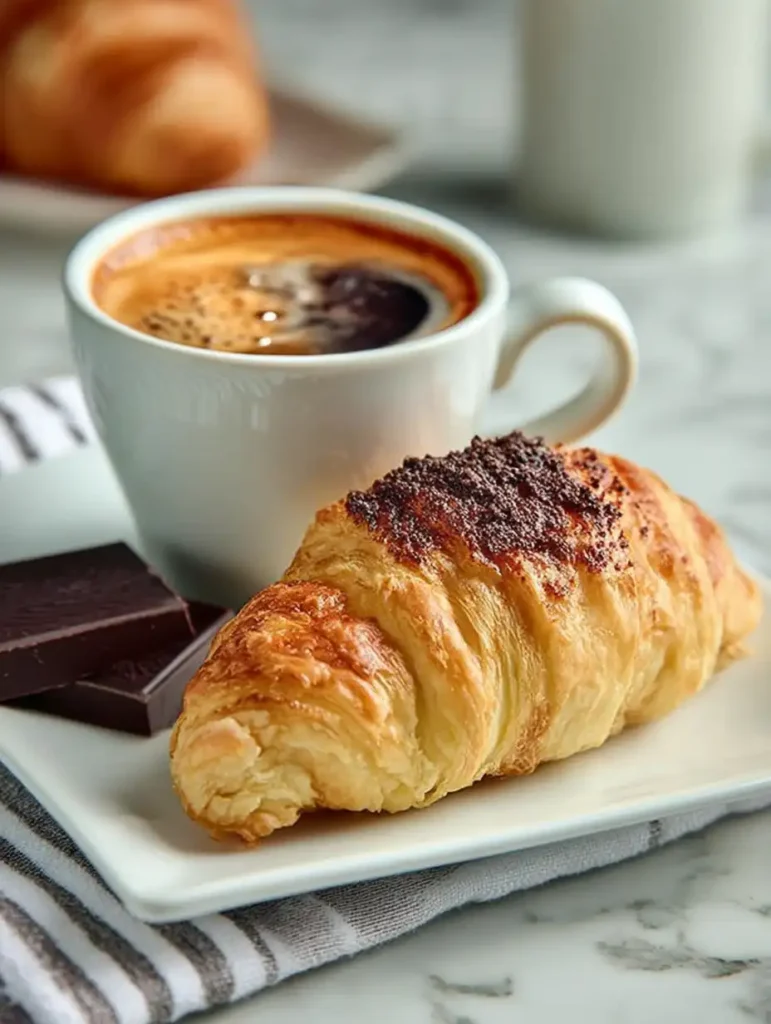
Final Thoughts
Every cup of espresso I brew reminds me why I fell in love with coffee beans for espresso. It’s not just about the caffeine; it’s the aroma, the crema, and the quiet ritual of crafting something with care. From the first crack of fresh beans in the grinder to the last golden drop in the cup, each step connects me to a tradition that has traveled from Italian cafés to my own kitchen.
If you’ve been looking for a reason to experiment, this is your sign to start. Try new roasts, perfect your grind, and explore all the creative variations you’ve discovered here. Espresso is as much an experience as it is a drink, and every shot can become a little celebration of flavor.
I would love to see the drinks and moments you create. Share your espresso stories and recipes with me on Facebook or Pinterest. Your next cup might inspire someone else to start their own home barista journey.
FAQ About Best coffee beans for espresso
What type of coffee beans are best for espresso?
The best espresso comes from medium to dark roasted coffee beans for espresso. Arabica beans bring sweetness and floral notes, while Robusta adds intensity and crema. Blends of the two are often considered best coffee beans for espresso for a balanced flavor and smooth texture. Using the best coffee beans for espresso ensures that each cup has rich aroma and depth, especially when freshly roasted and stored properly.
Can I use regular coffee beans for espresso?
Yes, you can use regular coffee beans, but the results may vary. Espresso requires fine grinding and high pressure to extract flavor and crema. While regular beans can work, can you use regular coffee beans for espresso depends on the roast, medium or dark roasts perform better. Many home baristas experiment to answer, can you use regular coffee beans for espresso and still get a satisfying cup, but dedicated espresso beans deliver the richest, most consistent results.
Which coffee grind is best for espresso?
A fine, consistent grind is ideal for espresso. The perfect grind allows water to extract flavor evenly, creating a smooth shot with a golden crema. If the grind is too coarse, the espresso tastes weak; too fine, and it can turn bitter. For optimal results with your coffee beans for espresso, use a burr grinder and adjust until extraction takes about 25‑30 seconds.
Do espresso beans need to rest after roasting?
Yes, freshly roasted beans release carbon dioxide for several days, a process called degassing. Using beans immediately can lead to uneven extraction and less crema. Most home baristas let freshly roasted espresso beans rest for 3‑7 days before brewing. Moderate espresso consumption can also support alertness, according to Mayo Clinic, though this is general information, not medical advice.

